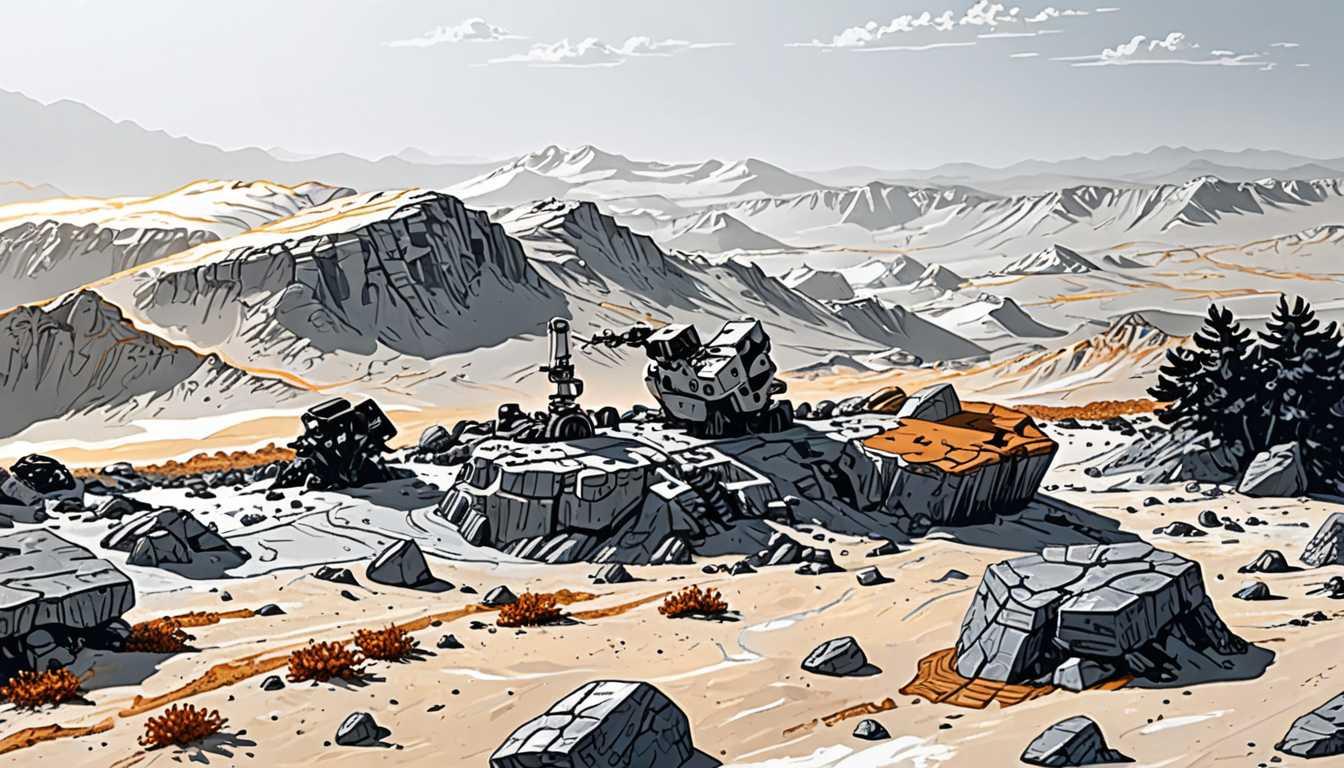Zinc: The Cosmic Ingredient for Life!
October 2024
U of Cambridge Research
Introduction
Ever wondered where the essential ingredients for life on Earth came from? Join researchers from the University of Cambridge on a cosmic detective mission! They’ve traced the journey of zinc from ancient meteorites to our planet, revealing that ‘unmelted’ asteroids played a key role in delivering the vital building blocks of life. Spoiler alert: Without these cosmic delivery services, life as we know it might not exist! Dive into this fascinating article to uncover the secrets of our planet’s origins!
READ FULL ARTICLEWhy It Matters
Discover how this topic shapes your world and future
Unlocking the Secrets of Earth’s Volatiles
Understanding volatiles—elements or compounds that easily turn into vapor—isn't just a fancy science term, it's a key to unraveling the mysteries of life on Earth and potentially on other planets! Imagine the thrill of discovering how the building blocks of life came to be on our planet. Researchers recently found that Earth’s zinc, an essential volatile, has origins from various parts of our Solar System, including beyond Jupiter. This research is vital because it provides clues about how life evolved here on Earth and raises fascinating questions about whether life could exist elsewhere in the universe. By uncovering the origins of these materials, we can better understand the conditions needed for life and how they might apply to distant planets. So next time you think about where you come from, remember that the story stretches all the way back to the stars!
Speak like a Scholar
Volatiles
Elements or compounds that change into vapor at low temperatures. They are crucial for life because they include water and other essential elements.
Planetesimals
Small celestial bodies that are the building blocks of planets, formed when dust and particles around a young star stick together.
Accretion
The process by which particles in space combine to form larger bodies, like planets or asteroids.
Radioactivity
The release of energy from unstable atomic nuclei, which can cause materials to melt or change.
Primitive Materials
Unmelted substances that have retained their original properties, which are significant for understanding the composition of celestial bodies.
Chemical Fingerprints
Unique compositions of elements in a substance that help scientists identify their origins and trace their history.
Independent Research Ideas
The Role of Water in Supporting Life
Investigate how the presence of water on Earth and other planets affects the potential for life to exist. This could lead to exciting discussions on astrobiology and planetary science!
Comparative Analysis of Asteroid Composition
Explore the differences between melted and unmelted asteroids and their contributions to planetary formation. What can we learn about our Solar System and others by studying these bodies?
Zinc’s Journey Through Space
Trace the history of zinc from its cosmic origins to its role in biological processes on Earth. This topic can connect chemistry with biology and environmental science.
The Impact of Planetary Distance on Habitability
Examine how the distance between a planet and its star influences the likelihood of sustaining life. This can open discussions on exoplanets and future space exploration.
Radioactivity and Planet Formation
Research how radioactivity affects the formation and evolution of planetesimals, focusing on its implications for the development of Earth and other planets in the Solar System.
Related Articles

Glaciers: The Hidden Forces of Ice!
May 2024
MIT News

Alaska's Tropical Dinosaur Wonderland
March 2024
Smithsonian Magazine

Exploring Japan's Tsunami: A Deep Dive
January 2025
Cornell News Highlights

Unraveling Mars: Where Did the Atmosphere Go?
October 2024
MIT News

Glaciers in Trouble: A Climate Change Alert
August 2024
UC Berkeley